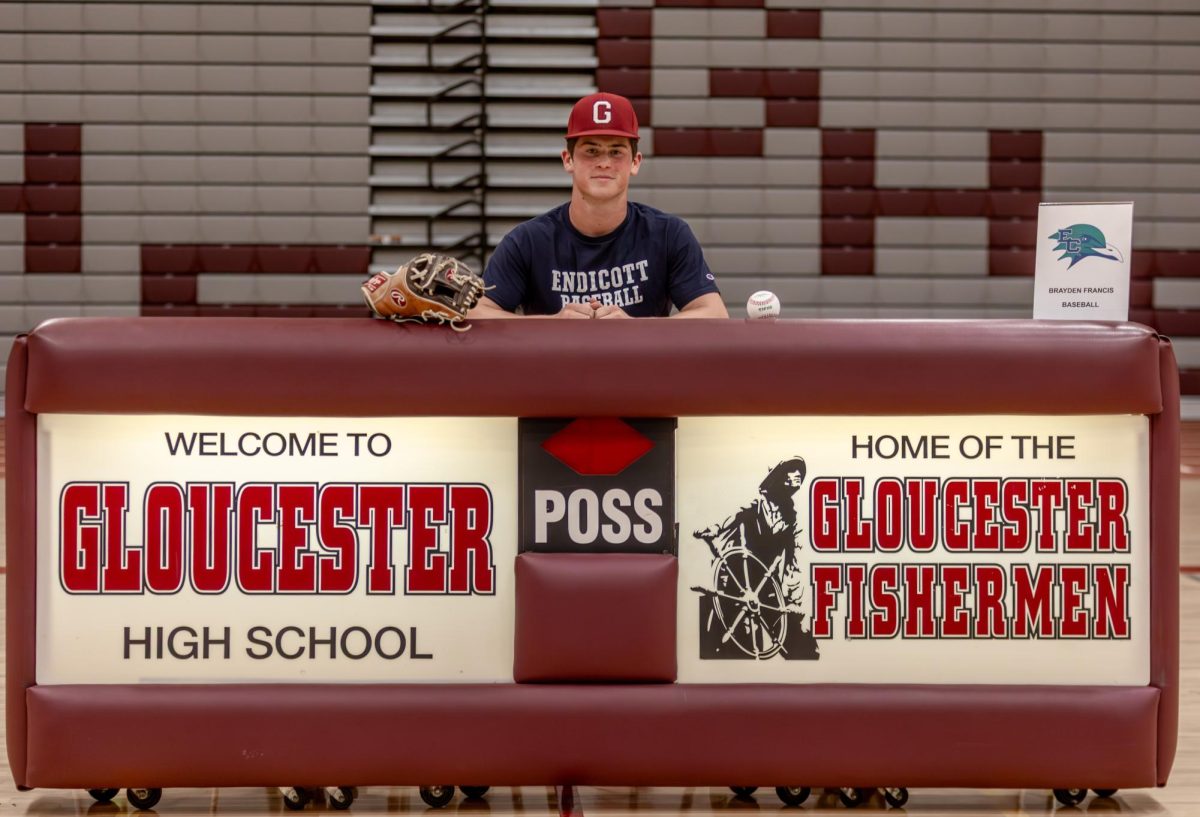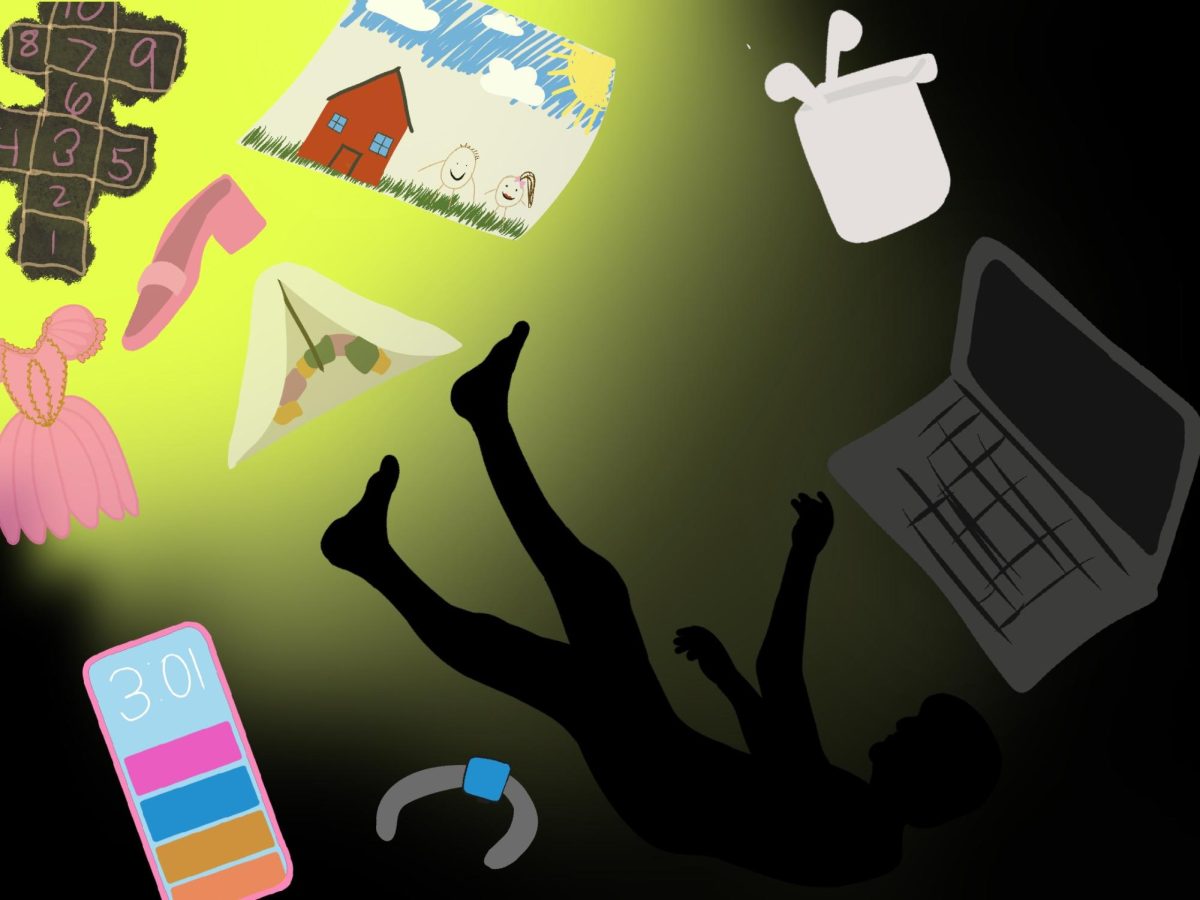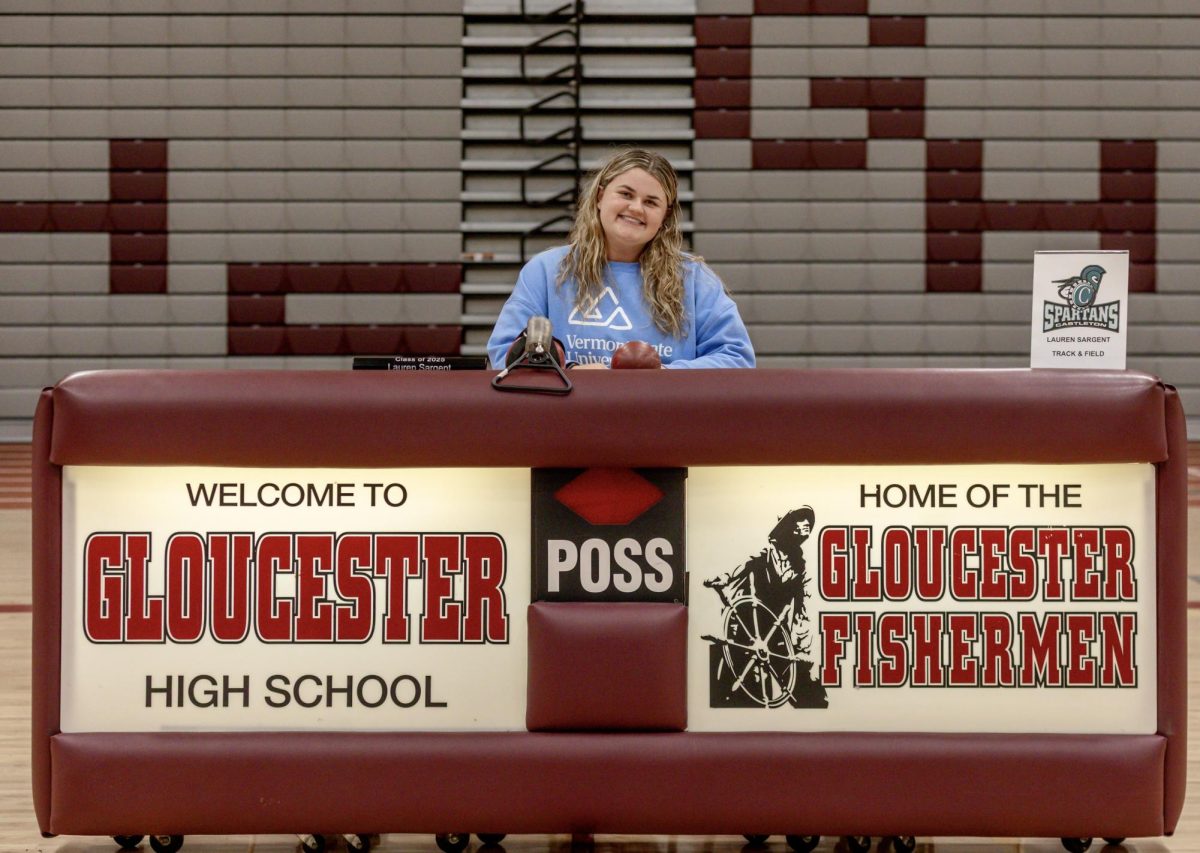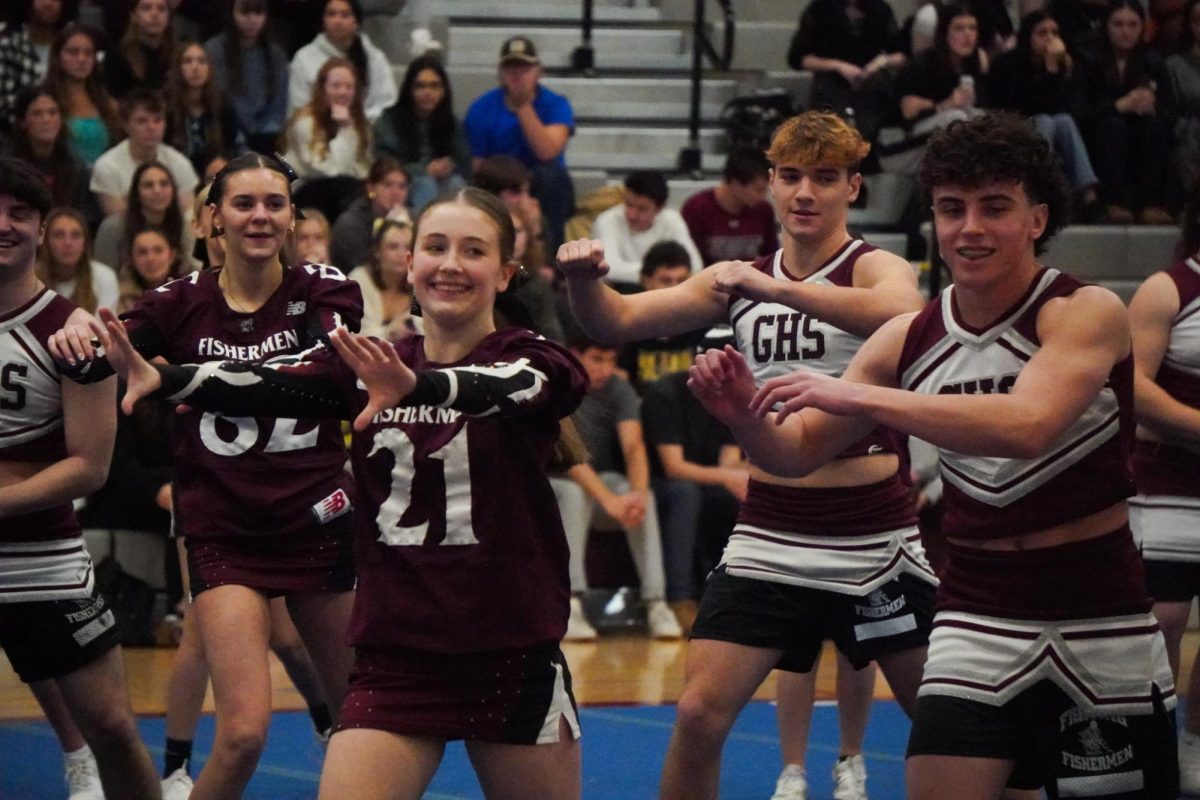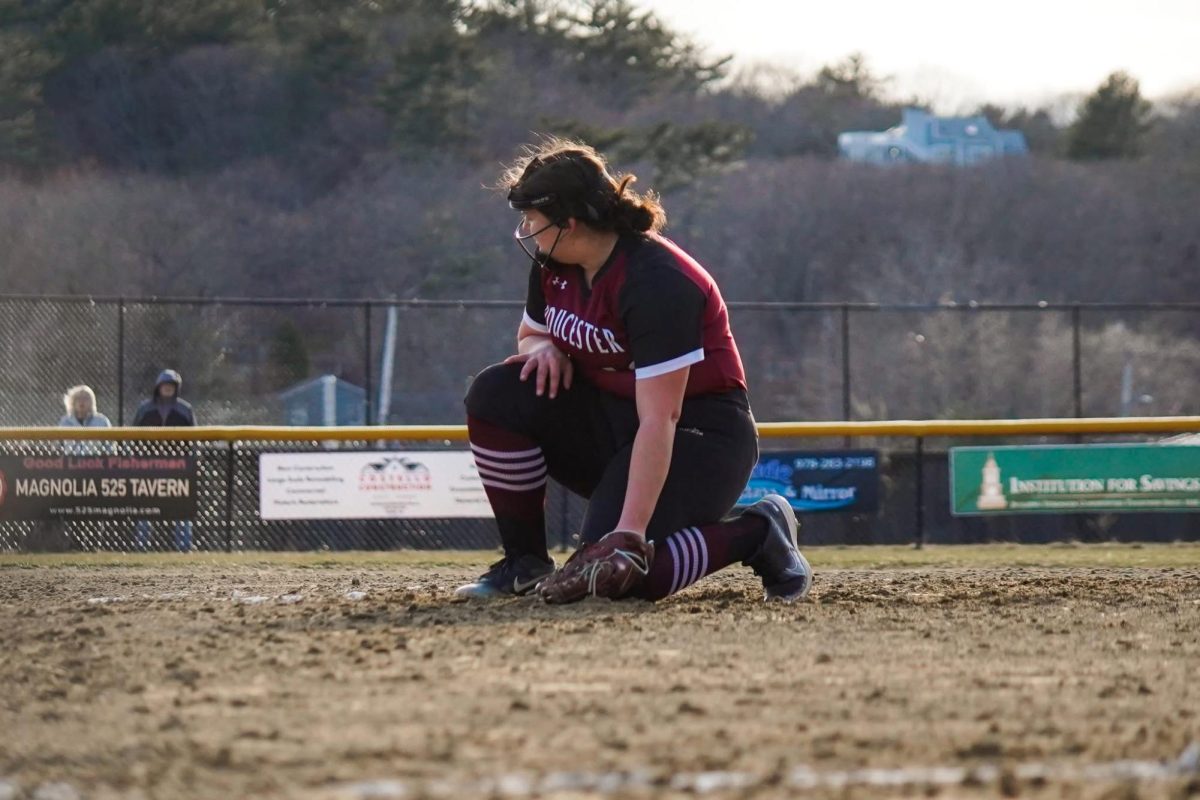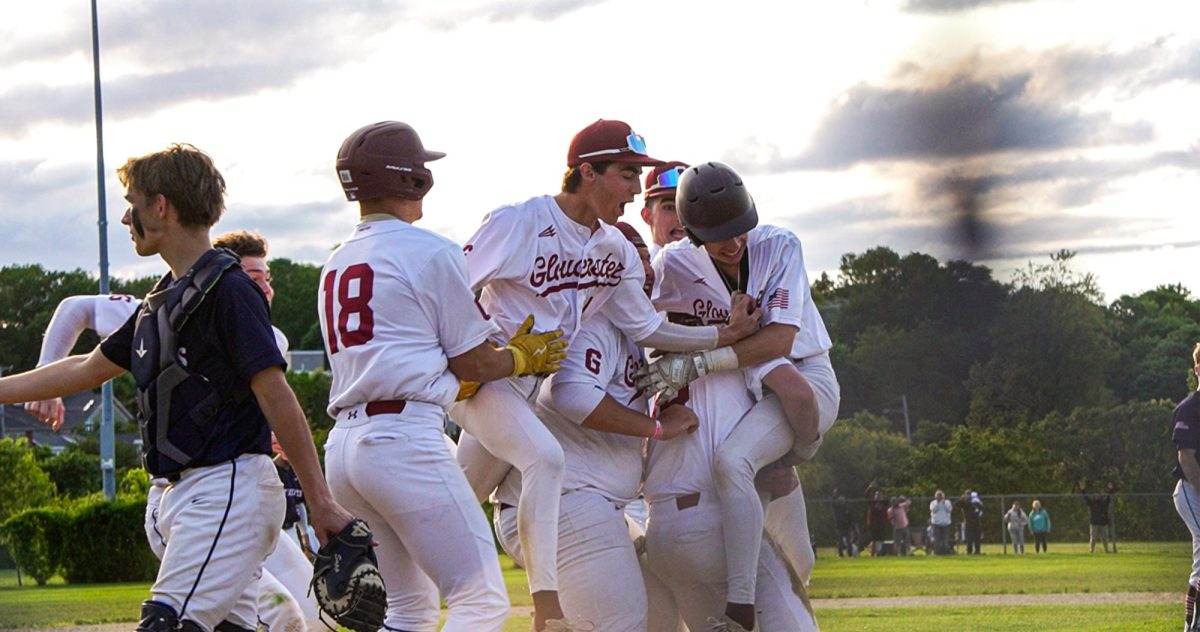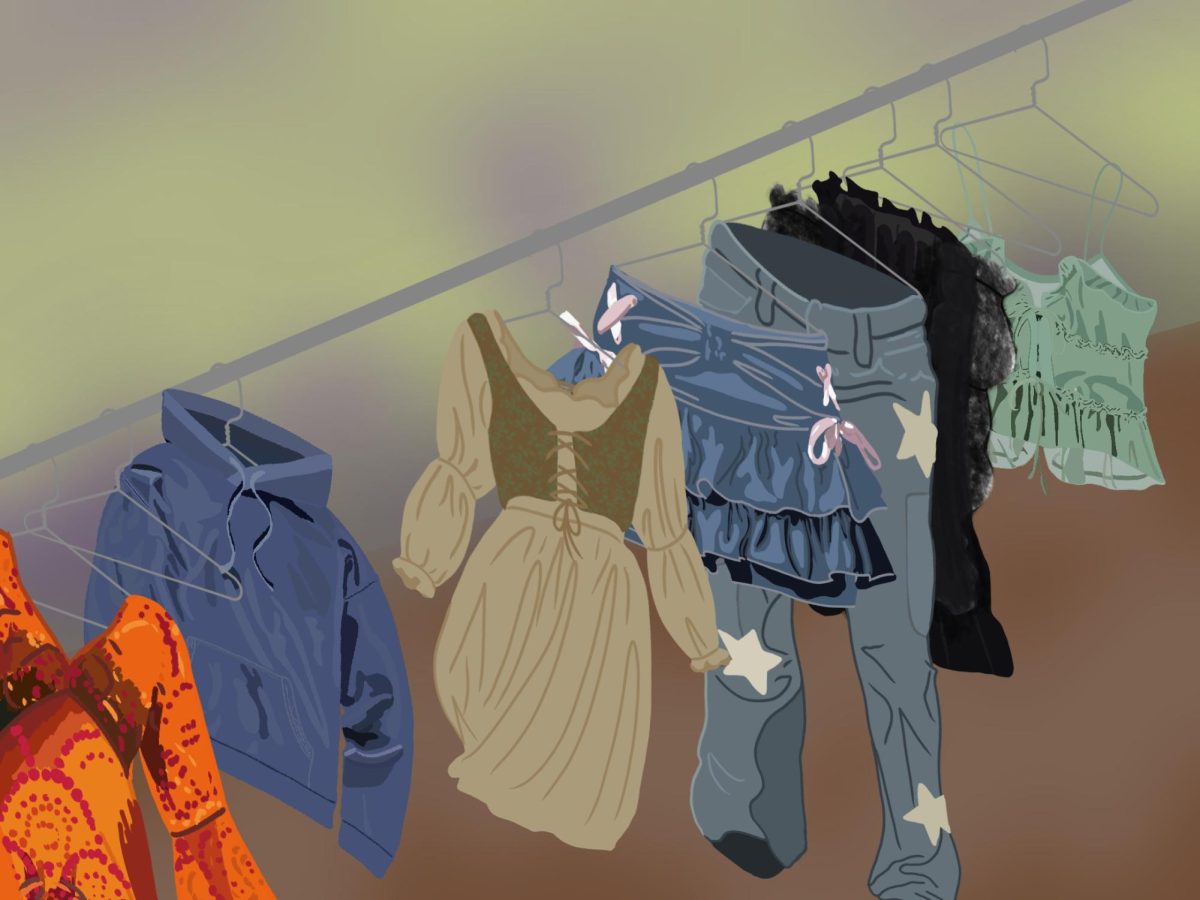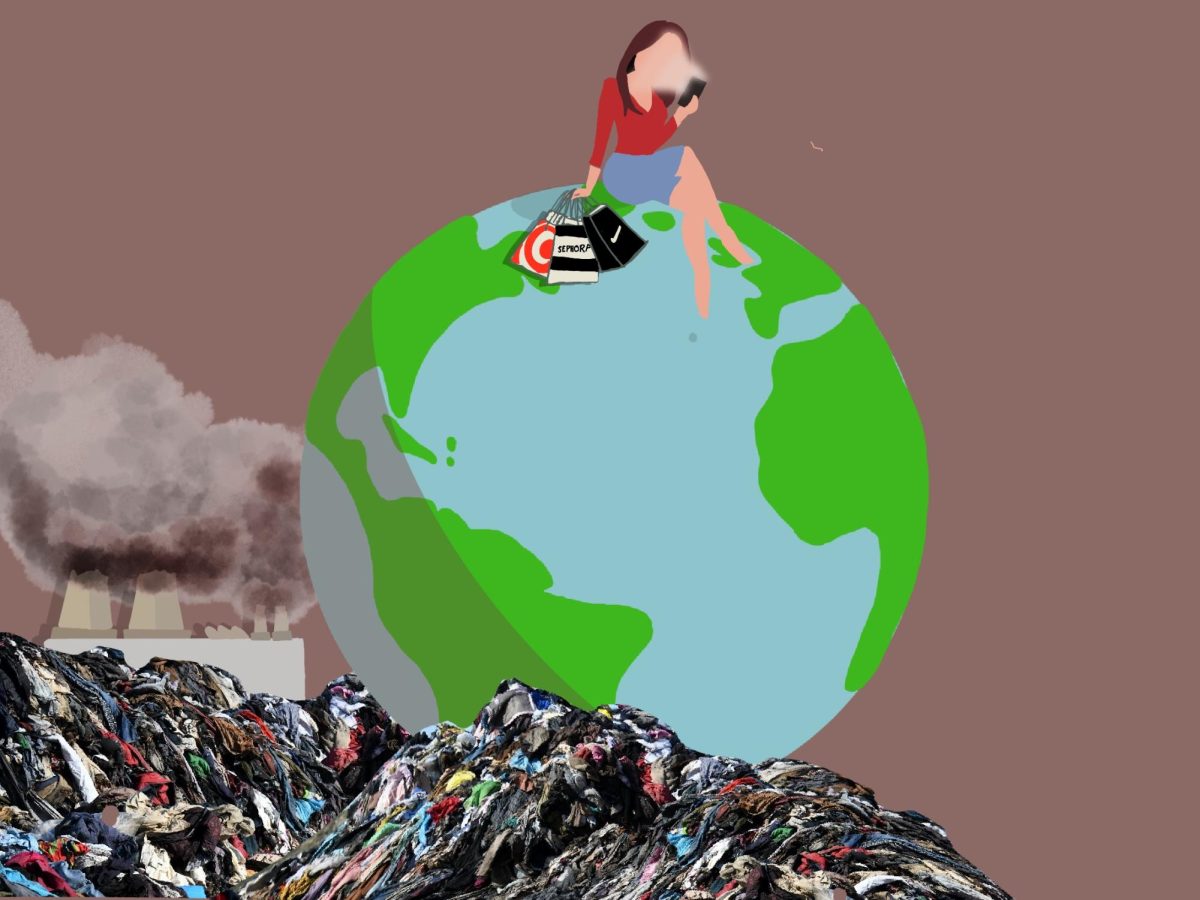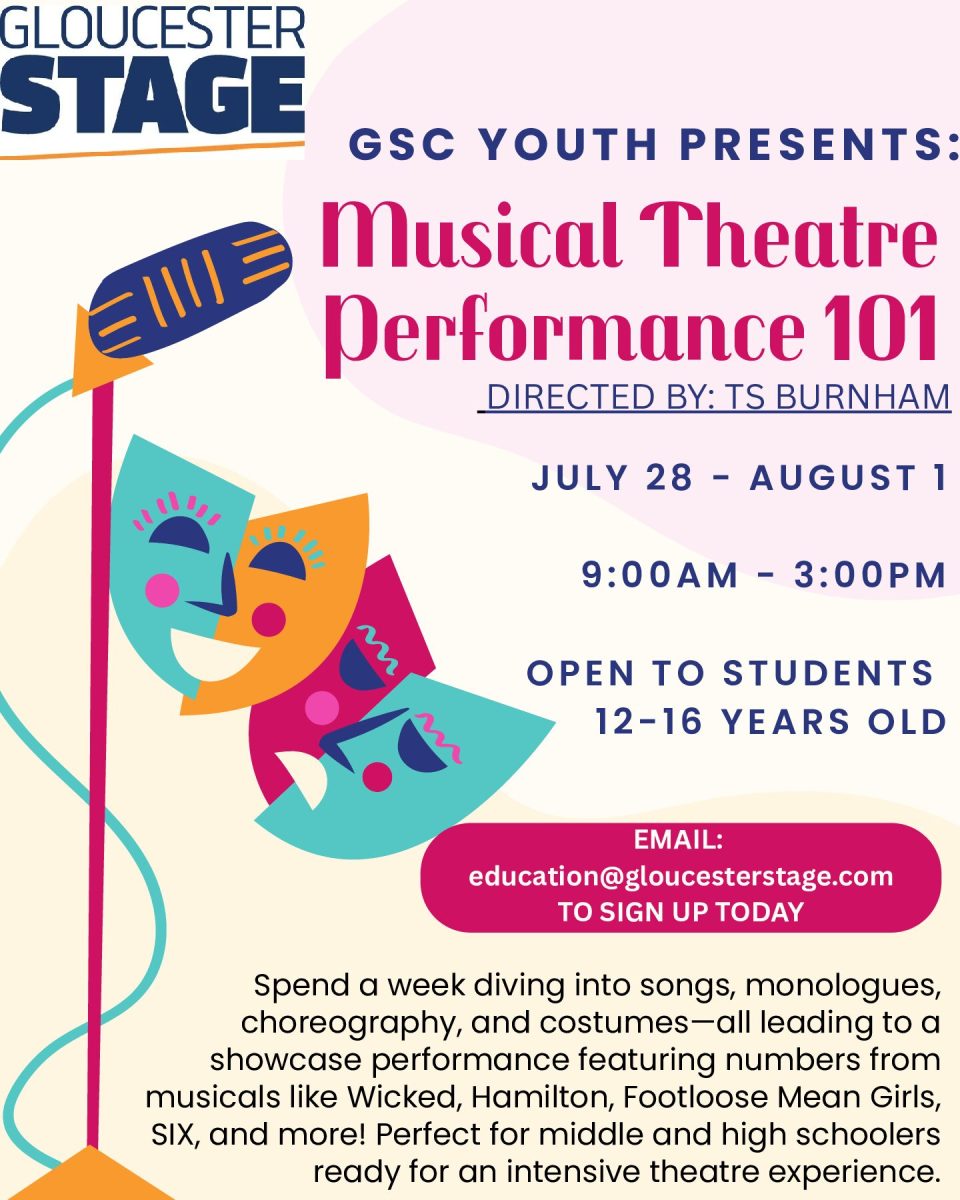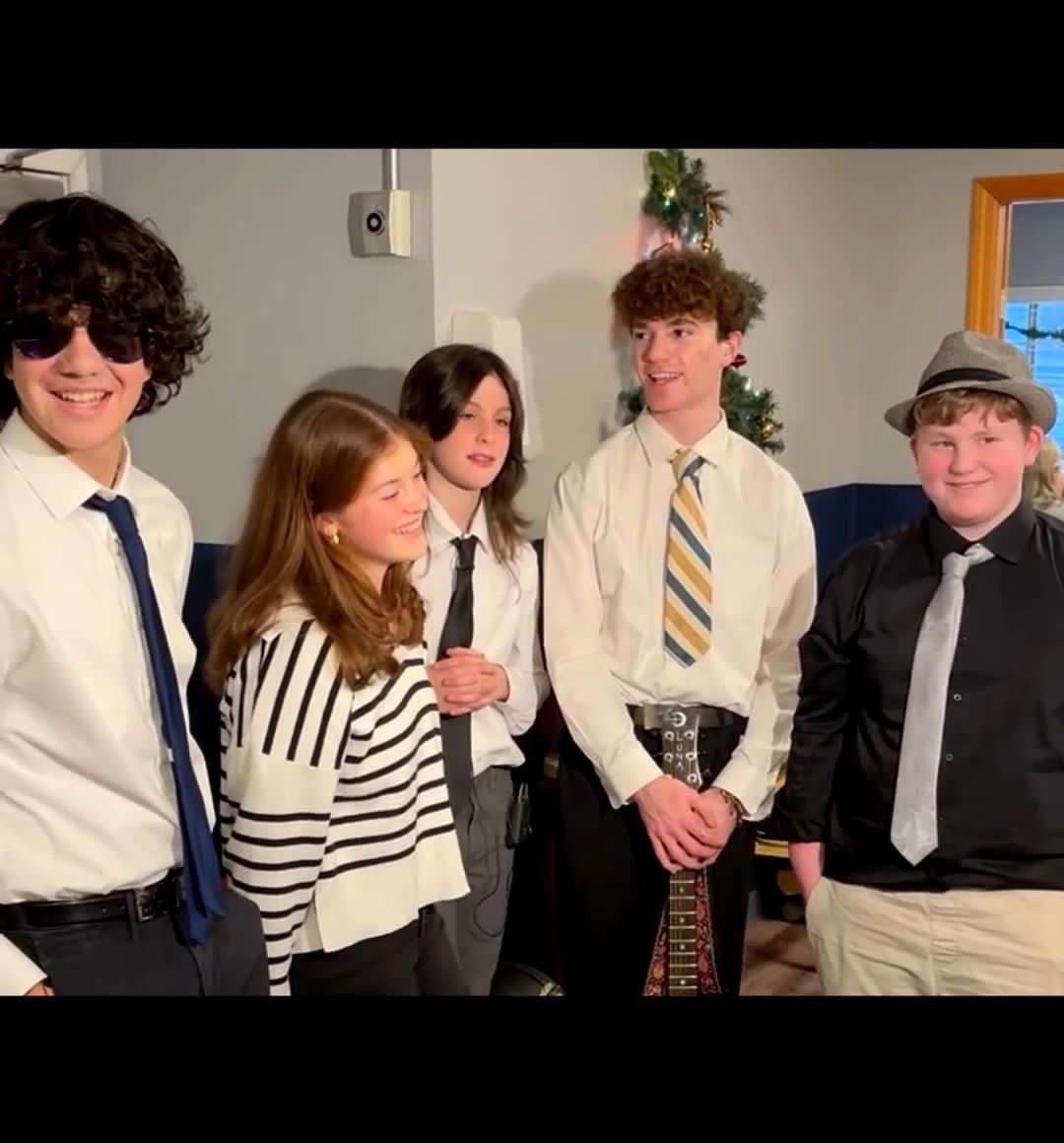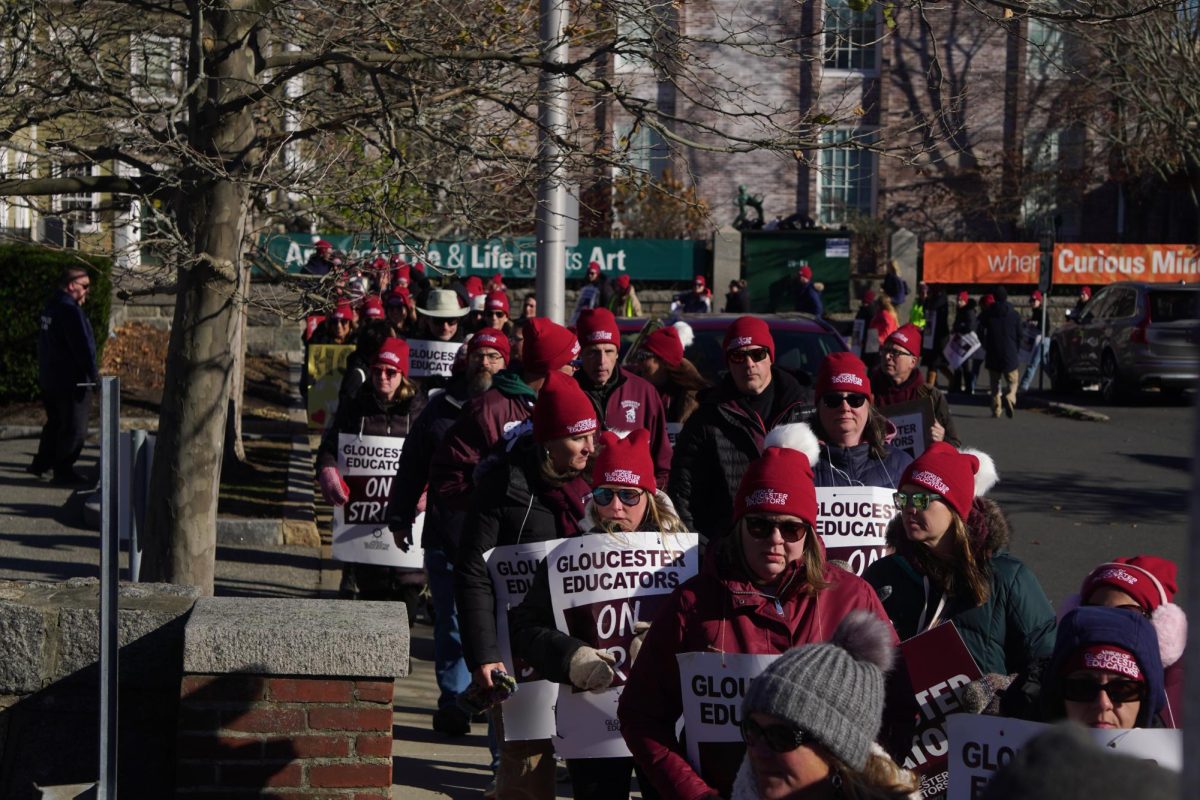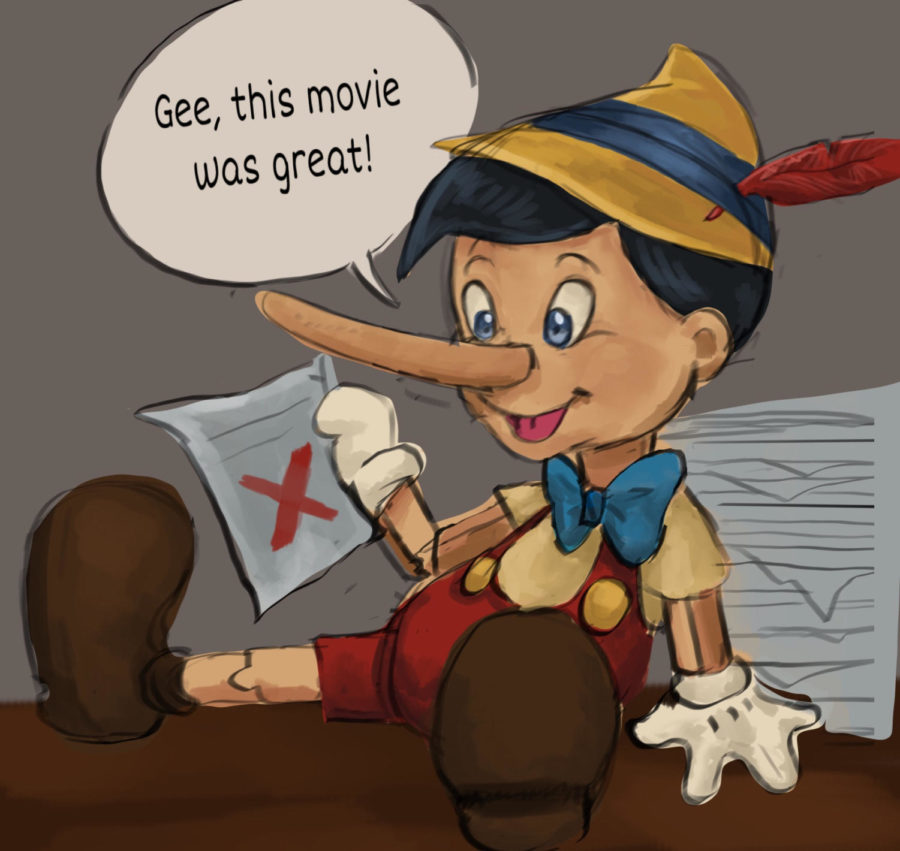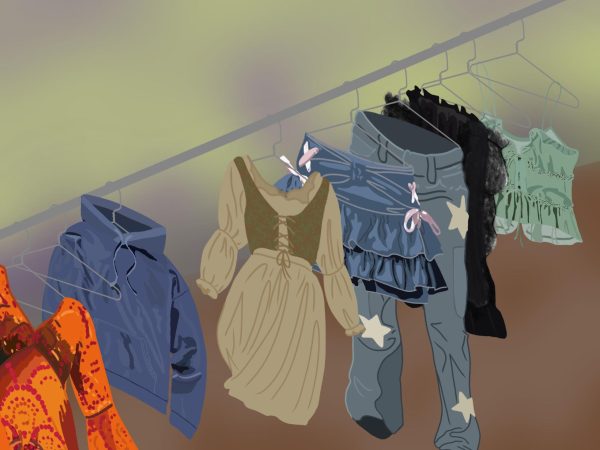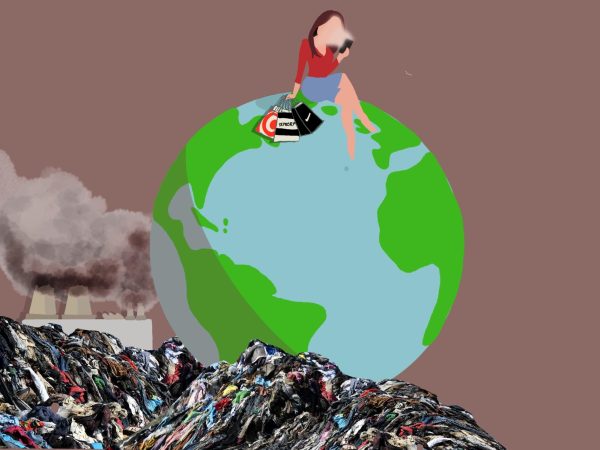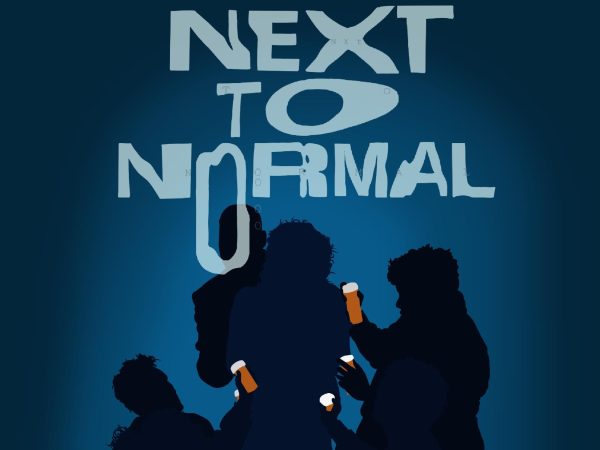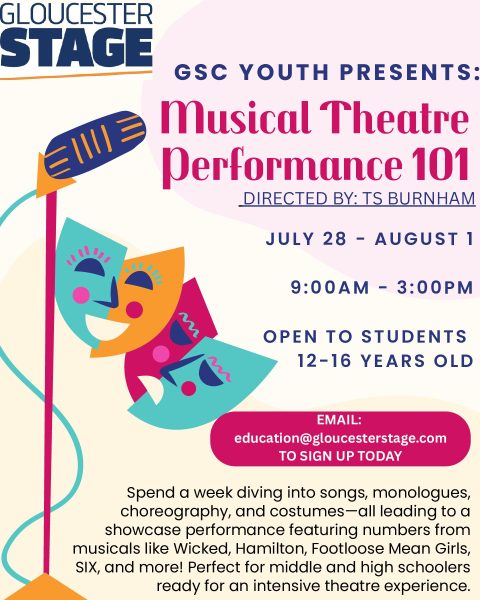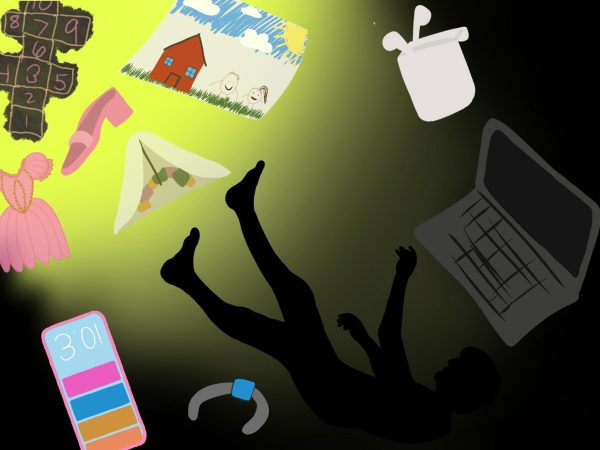Disney’s ‘Pinocchio’ reboot is a disaster – and it’s a perfect representation of modern Hollywood
Ava Orlando’s digital representation of Disney’s Pinocchio praising the new film.
While he may be a real boy, Pinocchio stars in one of the most artificial movies to ever hit the silver screen.
It’s no secret that modern Hollywood is rife with problems. It’s also no secret that Walt Disney Studios is rife with similar ones, and Disney’s live-action reboots of their cult-classic animated movies are no exception.
A few nights ago, I sat down in my living room to Disney’s newest graveyard of creativity: a remake of the 1940 animated movie based on an Italian fantasy novel, Pinocchio. Going in, I wasn’t expecting much. Disney’s last live-action remake, 2020’s “Mulan,” was one of the most baffling bastardizations of a classic film I have ever seen, coming with its own entourage of directorial problems and real-life controversies, such as the filming of most of the movie in close proximity to Uyghur concentration camps in Xinjiang, China. It seems that “Pinocchio” director Robert Zemeckis avoided the moral bullet on that front. It’s a shame that’s the only bullet Zemeckis missed.
Where do I begin?
“Pinocchio” (2022) is a remake of “Pinocchio” (1940), done in live-action with all of the non-human characters rendered in photorealistic 3D. Right there is the first problem. Disney has mostly chosen to remake their Renaissance movies from the nineties, which were originally crafted to bring a Broadway-like experience to the screen. While their cartoon nature was very important to the appeal of the film, the story would translate well to a real-life context.
“Pinocchio” is not like that. Created in 1940, it is an intrinsically cartoonish cartoon. This is a story in which a fairy brings a wooden marionette to life and assigns a well-dressed cricket as his moral guide, all in a late 1800s Tuscan village where humans and animals live together in harmony. It is bizarre and magical, and makes perfect sense to be told through the medium of animation.
But when the horrifying 3D model of Jiminy Cricket introduces himself in the opening shot of the movie, any semblance of that magic is gone. These are real animals, and terrifying ones at that. The models of these characters don’t fit into this world at all, from the somewhat odd look of Figaro being 3D-animated instead of live-action, to the way that when Geppetto picks up Pinocchio, the character isn’t actually in his hands but floating an inch or two off of them and shaking back and forth in a glitched motion. It feels unfinished, unpleasant, and rather creepy.
The fake feeling that the movie elicits also somehow managed to seep its way into the lighting design. When the characters are outside, especially in the village, the light is blinding, and overexposed to such a ridiculous degree that the village looks like it’s made of plastic. And this isn’t helped by the fact that there are next to no actual decorations surrounding the buildings or people walking the streets, causing an unsettling feeling inside that made me scared as I watched the movie in the dark of night.
And the story front isn’t much better. It seems that Disney can’t decide with these remakes whether they want them to be shot-for-shot recreations or totally new interpretations of the stories, and Pinocchio is no exception. It lies somewhere in the gray space between retelling and remake, where scenes are updated or changed at random without much thought for how the story will be affected, and particularly with the worst part in all of these remakes- without thought for how the morals will be changed.
The best example in the movie is during the classic scene where Pinocchio lies to the Blue Fairy while he is locked in a cage and his nose grows and grows, and he is stuck until he tells the truth and his nose goes back to normal length. However, in the new movie, the Blue Fairy doesn’t show up at all to teach him a lesson. Rather, Pinocchio uses his new nose length to propel Jiminy to the key to free him. Because of this change, the new moral is that lying can actually help you when in a rut.
Even the acting can’t save the film. Tom Hanks is a disaster, flipping between a typical American accent and what I can only assume is an attempt at an Italian one. And the rest of the cast isn’t much better, from the passable Joseph Gordon-Levitt as Jiminy Cricket to the downright nails-on-chalkboard voice of Benjamin Ainsworth as the titular role. Keegan-Michael Key as Honest John is really the only performance I would consider to be alright. He does the classic song “Hi-Diddle-Dee-Dee” full justice. But for the most part, the cast is a hobbled-together collection who were clearly just there for a paycheck.
When the film finally closed (and after I had time to recover from the fact that I predicted exactly what Gepetto’s final lines to Pinocchio were going to be, word for word, because of the truly awful writing) I was left with a feeling of emptiness. What did I just watch? Why was it made? Typically, these remakes are made in order to leech the money out of those nostalgic for the original film, which as scummy as it is, has been proven to be a successful business practice so far (just look at “The Lion King”).
But Pinocchio was made in the 1940s. Most who watched this film as a kid are no longer alive, and those who are likely don’t want to watch a new-age bastardization of something they held dear.
I watched this movie with my mother. She watched the original when she was young, and remembers listening to the soundtrack often. The entire time we watched she stared with a blank face: no shock, excitement, joy, sadness, or any emotion at all. When, after nearly two hours the film ended and the poorly edited credits appeared, she looked over at me with that same blank face.
“That was it?”

Finn is a senior at GHS and a second year staff writer for The Gillnetter. He enjoys reading, writing, reading about writing, and biking around Gloucester...





